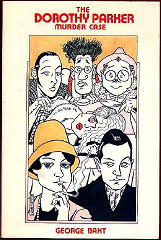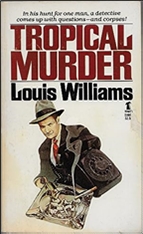Mon 25 Jan 2010
Movie Review: TWO TICKETS TO LONDON (1943).
Posted by Steve under Reviews , Suspense & espionage filmsNo Comments
TWO TICKETS TO LONDON. Universal Pictures, 1943. Michèle Morgan, Alan Curtis, C. Aubrey Smith, Barry Fitzgerald, Dooley Wilson, Sherlee Collier (the latter uncredited). Screenplay by Tom Reed, based on a story by Roy William Neill. Director: Edwin L. Marin.

It’s a good thing that Roy William Neill was a better producer and director (the Basil Rathbone Sherlock Holmes series, for example, and Black Angel) than he was at writing stories, if this film is an example, as there’s very little positive I can say about the story of Two Tickets to London, or in other words, next to nothing.
The opening scenes are a little murky, deliberately so and not badly done, as we’re plunged right into the second act without so much as a hint of what happened in the first one.
But details are gradually filled in: Dan Driscoll (Alan Curtis) is the First Mate of a ship that was sunk by a Nazi submarine; as one of the survivors, though, he’s in handcuffs and being taken by train back to London where he’ll go on trial for treason.

The train is bombed, however, and he makes good his escape, accompanied by a good-looking pub singer named Jeanne (Michèle Morgan), who’s frightened of him at first but gradually begins to believe in his innocence.
And together they head to London where he hopes to obtain proof that he’s not the guilty party. You want more? Sorry. That’s it.
I was hoping there would be more, but there’s not, and the pair’s adventures getting to London are about as interesting as watching paint dry, as the old saying goes.
Or they would be, except for seven year old Sherlee Collier’s performance as a wonderfully precocious and charmingly polite schoolgirl who serves them tea along the way, and for the two primary actors themselves, who make something, if not a lot, out of very little.
Michèle Morgan didn’t make many American films; luckily for her career she returned to her native France and became hugely famous there – and I think she still is.
Alan Curtis, well, he wasn’t so lucky. He was in High Sierra before this one (1941) and starred in Phantom Lady afterward (1944, and reviewed here ), but otherwise all I see in his list of credits is a string of medium-good B-movies as well as many perhaps not so good. He died young in 1953 at the age of only 44.












